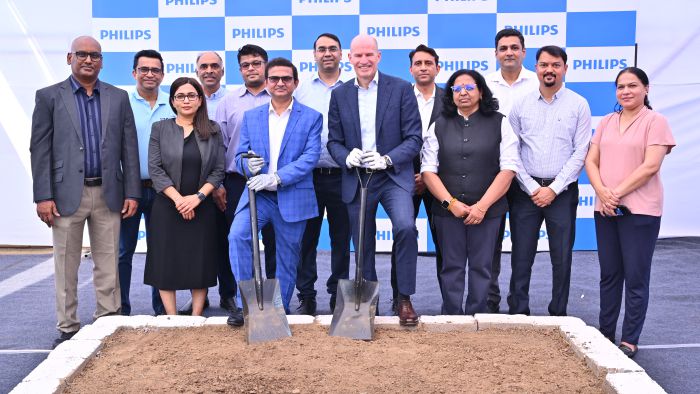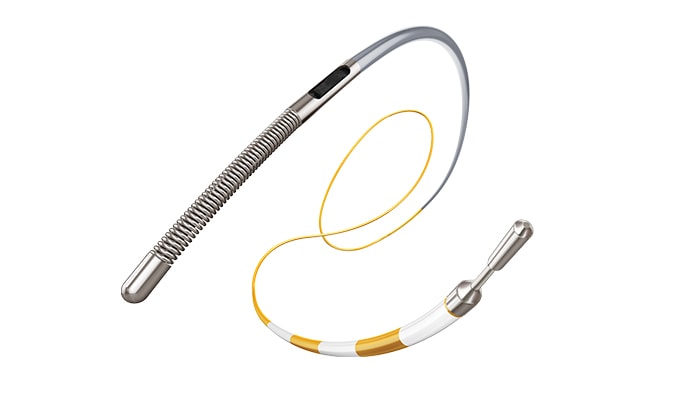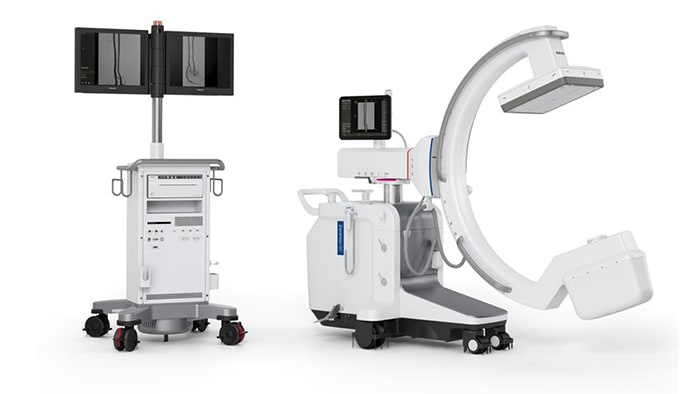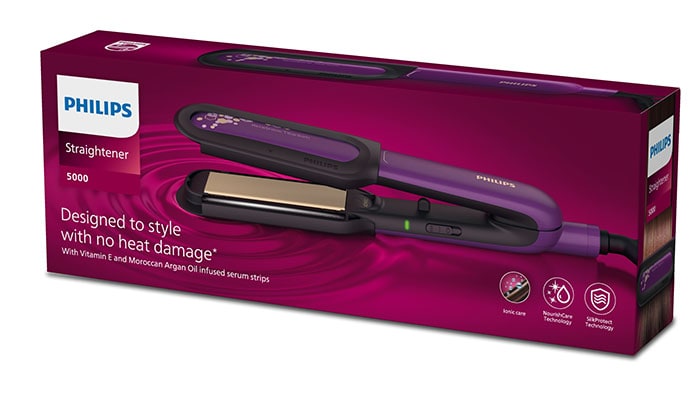Nov 16, 2021
A solutions-based approach to healthcare in India
Over the last 25 years, Indian healthcare has evolved, and much progress has been made. Infant and maternal mortality rates have gone down, life expectancy has gone up and we have also seen an increase in penetration of healthcare services across the country. Flagship schemes like Ayushman Bharat, Janani Shishu Suraksha Karyakram and National Health Mission (formerly, National Rural Health Mission) among others have made significant contributions towards improving healthcare in India. The private sector too has played a vital role towards of this improvement. The sector's ability to be cognizant of the needs of the population and its capabilities in deploying and scaling up innovations make it a powerful ally to the Government of India in its mission to provide comprehensive healthcare access to citizens of the country.
Partnership based model of healthcare
Let us take a step back to see how private organisations have been delivering care in the country. In the last 25 years, the Indian private health sector has blossomed and emerged as the much-needed care provider for the country's citizens. It has also been a partner to the government in its mission to extend the reach of healthcare in the country. Investments have been made and the quality of healthcare has been vastly improved. Level of clinical excellence being delivered in the country is similar, if not better, to the western world. Clinical outcomes have seen a continuous improving trend and both patients and care givers are satisfied.
However, much needs to be done. If the private sector is to adequately support the government in the fulfillment of its healthcare mission, it must explore models and ways of working that will greatly improve efficiency and outcomes. Adopting a partnership model in areas that are non-core to the healthcare providers can be one such approach. Till now the healthcare providers have got into service agreements in housekeeping, security and cooking services and going forward should look at extending the scope and exploring sendee contracts in other non-core areas as well, for example, in medical equipment planning and maintenance. This will mean that healthcare providers will receive products and services bundled together from the OEM. Through this approach the OEMs will offer strategic support and improved services towards solving healthcare provider challenges in an end-to-end manner.
Why does such an approach work? One of the greatest benefits of a partnership approach, is that there can be an early-stage partnership between the healthcare provider and the OEM. This enables proper planning and deployment of healthcare solutions to maximise productivity, lower costs, improve outcomes and increase patient and care giver satisfaction. The modules deployed will also be scalable and modular to enable future improvements, expansion and capabilities. This is not possible with a transactional approach where the OEM is required to proride a product at a random moment in the lifecycle of a process.Let us look at this approach with an example of a radiology department.
In radiology, it is often believed that the job of a radiology equipment is to just acquire a high-quality image to be examined by the radiologist. Expectations from OEMs were restricted to provide a suitable equipment that can take the best quality images. While that was the original scope for OEMs, today there are opportunities for broadening the scope. Healthcare proriders can get into strategic partnerships with OEMs to not only provide the best-in-class equipment but also plan for future by mapping technology on a regular basis, offer operations improvement ideas to increase throughput in radiology, regularly train staff to ensure optimum utilisation of the equipment, etc. Similar approaches can be deployed in other fields like oncology, cardiology, and critical care, to name a few.
COVID-19 and new approaches to healthcare Every generation witnesses a difficult moment or event that drastically alters its thinking and approaches to challenges. SARS-CoV-2 outbreak was one such black swan moment. The country's citizens suffered immensely, and our healthcare infrastructure was swamped by a sudden deluge of COVID -19 patients.
At the same time, COVID-19 accelerated acceptance of digital approaches to healthcare delivery. It would not be an exaggeration to state that the acceptability levels of digital medium, that were achieved, amongst patients and doctors, in one year, would have been otherwise achieved in 10 years! Care moved closer to people and geographic distances no longer presented an obstacle. As medical tourism, both international and domestic, collapsed and people moved less due to restrictions, we saw a rising acceptance for telemedicine. Large healthcare providers also started establishing presence in smaller towns. This led to citizens in tier 3 towns being able to access care by visiting local healthcare facilities where they could avail of expert advice from physicians in the metros through digital means. To enable this rapid adoption of digital medium, healthcare practitioners partnered with technology providers to provide the necessary backbone.
As a country with a bright future, we can only work towards ensuring better access to care for our citizens. As the government and private sector work towards realising this goal, a partnership-based approach to healthcare will greatly improve outcomes while ushering in efficiencies and cost savings. This will undoubtedly have a multiplier effect on care delivery and in the process greatly contribute to the better health of all India's citizens.
Click here to access the article on Express Healthcare.
Topics
Contacts

Geetika Bangia Sr. Manager Corporate Communications Tel: +91 98181 02133
Author

Sachin Grover Business Head of Solutions, Philips Indian Subcontinent Philips









